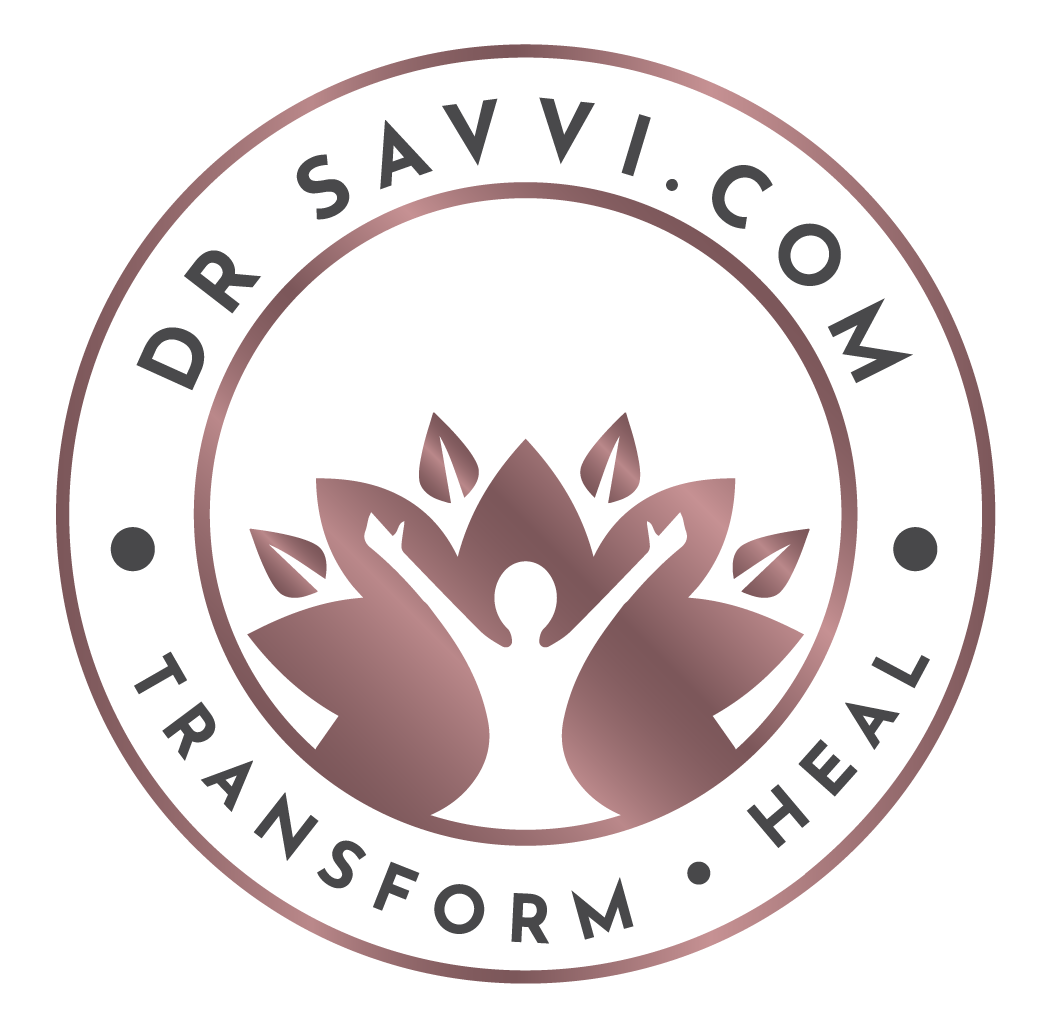Exploring the Impact of Projecting Negative Feelings onto Others
- savvykr2007

- Jan 22
- 4 min read
Our projections - emotions - and the bubble.
Have you ever felt anger toward someone who hurt you or judgment toward a colleague who made a mistake? Perhaps you’ve worried about your finances or felt frustration with a stranger in traffic. It feels natural to believe these emotions are directed outward—toward the person, situation, or thing causing them. But what if I told you that this belief is an illusion?
The truth is, our feelings never leave us. There’s no such thing as “outbound” emotions. All feelings are inward, directed at ourselves. Let me explain.And I'll be repeating myself a few times here..because i like to + Marisa Peer taught me that repetition is the key for better impact.

Visualising Feelings: The Self at the Center
Imagine yourself sitting in a transparent bubble. You feel anger toward your ex, judgment toward your boss, or frustration with a driver in traffic. You believe you’re projecting these emotions outward, but the truth is, they never leave that bubble. Instead, you’re marinating in them - sitting in the very negativity you think you’re sending out.
Think about how anger feels in your body. Your chest tightens, your stomach churns, your heart races. None of these sensations are happening to the other person - they’re happening to you. The negativity you direct outward is simply bouncing back, saturating your mind and body.
That is not to say that anger or other negative emotions are bad.
I believe that anger is sacred and must be honoured and needs to be taken seriously with the intention of eventually making peace with it.
Every emotion you feel is there with a message that your adult self needs to work through.

The Illusion of Outbound Feelings
Now, imagine placing yourself at the centre of a circle with lines radiating outward toward things you believe you have feelings about - your ex, your bank account, your boss, or the driver who cut you off this morning. At first glance, it seems like your emotions - anger, frustration, insecurity are moving along those lines toward external targets.
But here’s the reality: those feelings never actually reach the other person or thing. Instead, they act like a boomerang.
The anger you think is directed at your ex bounces back to you.
The insecurity you feel about your finances? It stays within you.
The frustration toward the driver? That frustration is yours to carry, not theirs.

Real-Life Examples of Inward Feelings
• The Frustrating Driver: You’re stuck in traffic, and a driver cuts you off. You feel anger boiling up. But does your anger affect the driver? Likely, they don’t even notice. That anger doesn’t reach them - it stays within you, tightening your chest, raising your blood pressure, and putting you in a bad mood.
• The Critical Boss: Your boss gives you harsh feedback, and you feel judged and resentful. You might think your judgment is directed at your boss, but in reality, it’s you who feels the weight of that judgment, replaying their words and internalising the negativity.
• The Difficult Ex: When you think about your ex and feel hurt or betrayed, you might believe your emotions are tied to them. But they’re not. Those feelings of pain and anger are living in your body and mind, affecting your peace - not theirs.
Why This Realisation Matters
Once we understand that all feelings are inward, we gain the power to change our emotional experience. Here’s why this shift in perspective is so freeing:
1. You Stop Punishing Yourself: When you realise that anger, judgment, or frustration only harm you, it becomes easier to let go of those emotions. Why carry a burden that hurts you more than anyone else?
2. You Reclaim Control: If emotions don’t depend on external situations or people, then you have the power to choose how you feel. You’re no longer at the mercy of others.
3. You Cultivate Compassion: Recognising that all feelings are inward helps you see others more clearly. Instead of blaming or resenting them, you can approach situations with understanding and grace.
The Path to Freedom
So, how do you break free from this cycle? Here are some steps:
• Pause and Reflect: When you feel a strong emotion, take a moment to pause. Ask yourself, “Is this feeling helping me, or am I holding onto it unnecessarily?” "Can I seek help?"
• Practice Self-Compassion: If all feelings return to you, why not replace anger and judgment with kindness and understanding? You always have a choice.
• Reframe Your Perspective: Instead of seeing others as the cause of your emotions, view them as mirrors reflecting something within yourself. What can you learn from this reflection?

Feelings are like boomerangs - they may seem to travel outward, but they always come back to you. And often, we’re sitting in a bubble of our own emotions, believing we’re directing negativity toward others when we’re really steeping ourselves in it.
The next time you’re tempted to direct anger, frustration, or judgment outward, pause and ask: What am I giving myself right now?
And more importantly, What do I truly want to feel? Because whatever we tend to 'feel' more of - we automatically manifest more of.
Please feel free to reach out to me or my team if you need support.
And let me know if this was helpful.
Much love,
Savvi




Comments